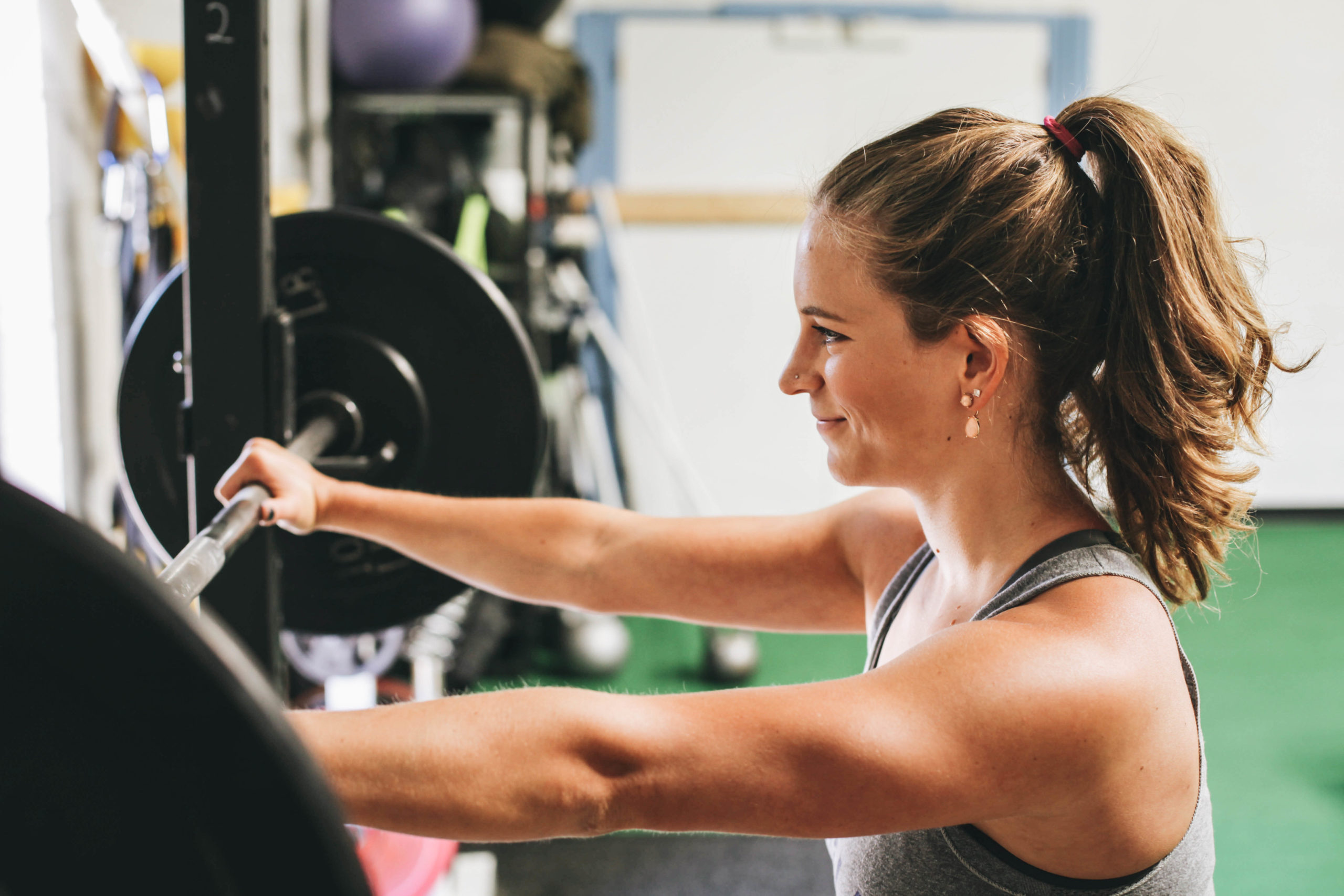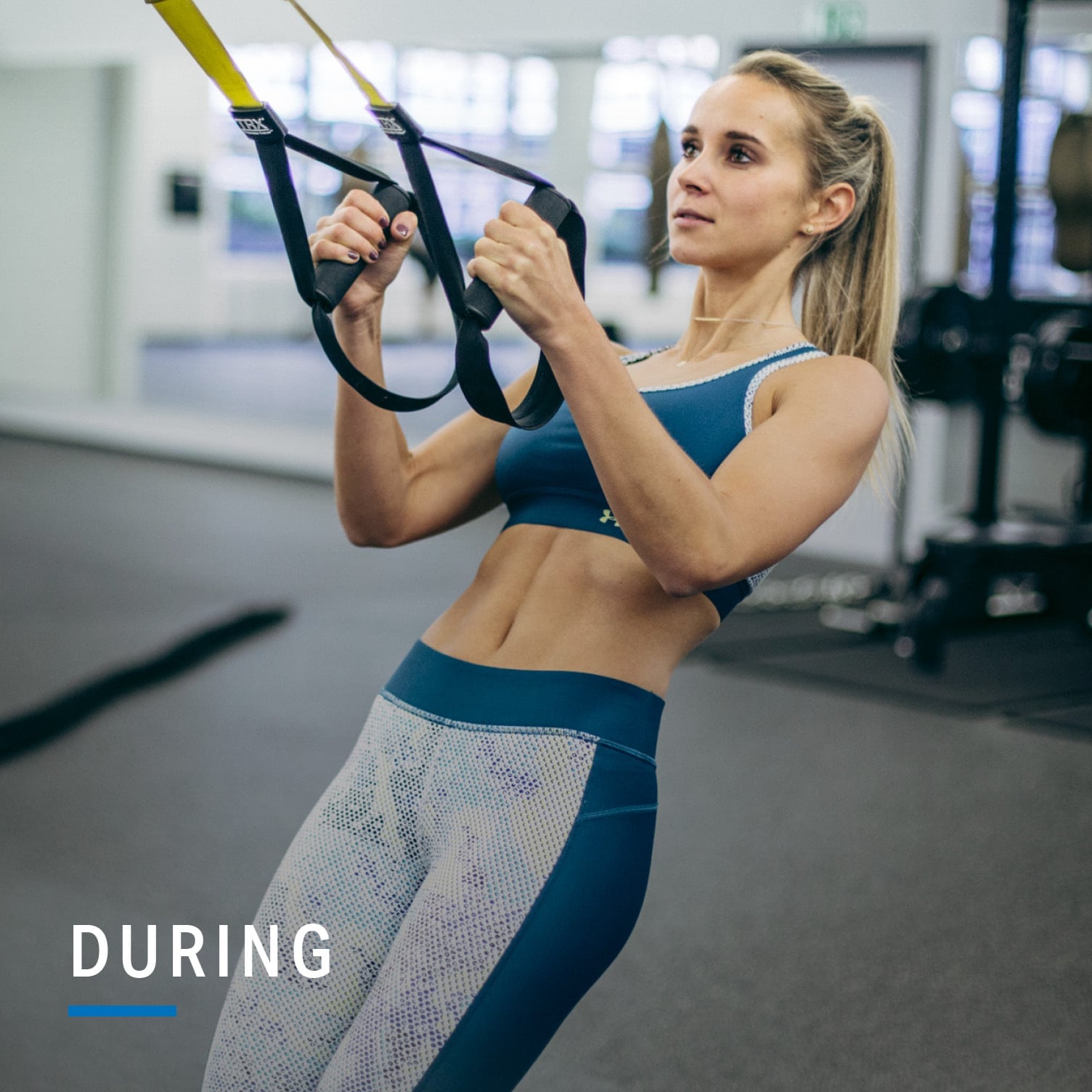
It's a great way for people to keep fit and healthy at work. Exercising at work can bring benefits to your brain, mood, and ability to collaborate. Even if you're just in a cubicle, you can find a way to squeeze in some exercise while at work. If you're unsure how to get started, follow these guidelines: Use the bathroom before heading to work, and leave early if you're not feeling well.
Before starting your workout, ensure that you've accounted for the time needed to change clothes and shower. After you finish working out, you will likely need to take a shower before changing into your workout clothes. Depending on how you style your hair, this may need to be included in your workout schedule. It is common to work out at lunchtime and then relax with music and a good novel. Feel great after working out.

Keeping active at work doesn't always mean you need to pack a gym bag and hit the gym every day. You can achieve this goal with simple lifestyle changes. Aim to do 30-40 minutes of light exercise daily. This will improve your health and brain, as well as reduce afternoon slumps or mid-morning fog. You will feel more energized and able to tackle the most difficult projects or tick off the tasks on your to-do list.
The most popular type in-office workout is one where employees must exercise during lunch. These workouts are much more loved by those between 30-39 years old than those of older ages. People who love mandatory in-office exercise might want to explore other options. For instance, a workplace that allows for an exercise break might be more likely to provide a more interesting or fun way to exercise than a traditional office.
You can work out at your desk at any hour of the day. Do your best to move around the office while you are at work. You can improve your mood and heart health by engaging in physical activity at work. You don't need to spend hours in the gym, and you can do them in your office. It's great for staying active at work.

Incorporate exercises into your lunch hour. It has many benefits and will help you stay fit at work. It's a great way to spend more time with loved ones. If you can squeeze in some time to exercise at work, you'll be more likely to get more done. You may also be able to avoid the afternoon slump. You will feel more energized, and less stressed.
FAQ
Can I consume alcohol while working out?
Yes. Alcohol has increased energy expenditure, speed up recovery time, and reduced soreness.
Also, alcohol increases insulin sensitivity which makes it easier to absorb glucose.
Dehydration can result from alcohol, which can affect your metabolism. Alcohol can also lower testosterone production, which could lead to a decrease in muscle-building potential.
These are the reasons women should not drink alcohol before going to work out. Women who drink heavily should wait at LEAST 24 hours before they start working out.
Breastfeeding women should stay away from alcohol.
Men should have no more than one drink per day.
Which order is best for working out?
It depends on what you are looking for. If you want to build muscle mass, then do heavy weights first. Then, move on to cardio. For those who want to lose weight or exercise, you can switch from cardio to strength-training.
Start with cardio if you only want to lose fat. Then add strength training after.
If you are looking for muscle mass, cardio should be your last option. Cardio stimulates growth hormones and helps build muscle mass.
Also, eat before you workout. This will fuel your muscles and make them work harder. It will also make you feel more energetic during your workouts.
Is Cardio Better Than Strength Training?
Both are equally good. But cardio is a much better choice if you want to gain muscles faster.
Cardio burns more calories in a minute than strength training and more fat.
Strength training builds muscle mass, but it takes longer to achieve this goal than cardio.
How to Lose Belly Fat Fast
There are several methods to rapidly reduce belly fat. You can reduce your intake of food and drink more water.
A second way to boost your metabolism is by running and swimming.
Avoid sitting down if your goal is to lose belly fat quickly. Instead, stand up throughout the day. This will allow you to burn more calories.
If you are having trouble losing belly weight despite trying all of these methods, there is another way.
A belt is a device that allows you to do this. When you sit down, the belt tightens around your waist.
You will feel more comfortable and be able to move around. This makes it easier to lose weight and calories.
Why is Metabolic Wellness the Key to Aging Well
People are living longer today than ever. However, people are getting sicker as they live longer. And while we've made great strides in medical science, it's becoming increasingly clear that our current approach isn't working.
It's time to change our perceptions of health and aging. Healthy aging is possible only if we look at our metabolic health, not just weight loss, but also overall well-being.
And if you want to live an active life for decades to come, you should ensure that your metabolism stays strong and healthy throughout your entire lifetime.
There are many methods to improve your metabolic state. One way is to include these 7 foods in your diet.
-
Resveratrol is a component of blueberries that has been proven to improve cellular longevity. They are rich in antioxidants as well as vitamins C & E.
-
Beans like lentils and pinto beans are excellent fiber and plant-based protein sources. These nutrients help to keep blood sugar levels constant so they don't spike and crash.
-
Broccoli is rich in sulforaphane. Studies have shown that it protects cells from DNA damage. It may even be able to slow down cancer progression.
-
Chia Seeds are high-in omega-3 fatty acids, fiber, and other nutrients. They're also loaded with antioxidants and protein. All of these nutrients can promote heart health and brain function as well as gut health.
-
Green Tea contains polyphenols called caechins. Studies have shown that green tea contains catechins which are linked to lower bone fractures and cardiovascular disease. They also reduce cognitive decline and diabetes risk.
-
Salmonis rich in vitamin D and low in saturatedfat, salmon is one of the best sources for lean protein.
-
Walnuts are rich sources of omega-3s and antioxidants, such as alpha lipoic (ALA). ALA boosts energy production and reduces inflammation.
What is a good gym routine for you?
To stay fit, you need to exercise regularly. You don't have to do the same type of exercise every day, it doesn't really matter. Consistency and consistency are the keys to success. To achieve success, you need to persevere for a long time.
Begin small daily activities like walking. Gradually increase your exercise time until you are able to spend 30 minutes per day. You can do this running, swimming weight training, yoga or aerobics classes.
It is important to exercise every day of the week. You should not miss any sessions unless there is a good reason.
If you exercise outside, ensure that you wear appropriate clothing and footwear. It is important to take into account the weather conditions, and how they may affect your ability to exercise safely.
While exercising, make sure to drink plenty water. Avoid alcohol consumption during this time as it can lead to dehydration. Also, avoid caffeinated drinks such as coffee, tea, and cola. They can provide energy, but they also dehydrate.
At first, it's normal to feel tired after you finish your exercise routine. However, if you continue with your program, you'll soon feel more energetic and refreshed.
Are you a cardio-exercise fan?
Cardiovascular exercise can have many benefits. Cardiovascular exercise improves blood circulation and strengthens your heart muscle. It also increases stamina and helps you lose weight.
Cardiovascular exercise includes running, biking, hiking, swimming, tennis, basketball, soccer, volleyball, football, etc.
Cardio exercises should be avoided at high intensity levels. This could cause injury.
Cardiovascular exercise should be done only if you feel well.
Never push yourself past your limits. In this way, you may injure or even kill yourself.
It is important to warm up before you begin any cardiovascular exercise. You can then gradually increase your intensity.
You must always listen to what your body is telling you. If you feel pain while performing cardiovascular exercise, it is important to stop immediately.
After a cardiovascular training session, it is recommended that you take some time to relax. This will give your muscles time for recovery.
To lose weight, you should include cardiovascular exercise in your daily routine.
It is the most effective way to burn calories and reduce belly fat.
Statistics
- 10 pounds in a month is likely during a lean bulking phase, especially for beginners. (muscleandstrength.com)
- According to the American Heart Association, blood pressure should be checked at least once every two years, beginning at age 20. (my.clevelandclinic.org)
- An estimated calorie range for moderately active adult males falls between 2,200 to 2,800 calories per day, depending on age. (eatright.org)
- The PRS enabled risk stratification for overall prostate cancer and lethal disease with a four-fold difference between men in the highest and lowest quartiles (HR, 4.32; 95% confidence interval [CI], 3.16-5.89). (pubmed.ncbi.nlm.nih.gov)
- By John Thompson Take a whopping 38% off a set of PowerBlock Pros. (menshealth.com)
External Links
How To
What nutrients does a man need daily?
For healthy growth and development, men need to eat a balanced diet. The body requires vitamins and minerals, protein, carbohydrates, fats (fats), water, fiber, as well other essential elements.
Also, the male body requires certain nutrients at specific times during the day. When you're sleeping, your body uses energy from food for hormones, proteins, and enzymes. When you get up, protein is used to repair and build muscle.
At night, your body breaks down fat and stores the extra energy as glycogen. Your body requires fewer calories, but still needs enough nutrients. If you feel hungry, you may consider having a snack during the evening.
Working out requires adequate carbohydrate and protein intake. If you train hard, you may experience muscle soreness after exercising.
To prevent this from happening, you need to consume carbs or protein within two hours. To provide energy, your body will begin to break down stored glycogen.
After your workouts, you should eat protein immediately. This prevents muscle tissue loss that happens while you sleep.
Lactic acid is produced by the body during periods of intense exercise. Lactic acid builds up in the bloodstream and causes fatigue. Eat foods high in carbohydrate, such as fruits, vegetables, to avoid this.
Carbohydrates give your body the energy it needs to recover from strenuous exercise.
You may also want to include lean meats and fish, as well as yogurt, cheese, yogurt, beans and nuts in your diet.
All of these foods have high-quality protein. Protein is important for muscle growth and repair. It provides amino acids that your body needs in order to produce sexhormones and testosterone.
A healthy skin, nails and joints requires sufficient dietary fats. Healthy men need to consume between 20%-35% of their total calories from fat.
Fat can help keep your heart healthy and protect you from cancer. It also keeps your brain functioning properly.
Vegetable oils such as sunflower oil and soybean oil can provide most of your fat needs.
These oils have high amounts of monounsaturated oil fatty acids, (MUFAs). MUFAs are good for lowering cholesterol and reducing inflammation. They protect your cells and prevent damage from free radicals.
Saturated oils (SFAs), found primarily in animal products such meats, dairy products and butter, are known to raise LDL ("bad") cholesterol. SFAs can raise LDL ("bad") cholesterol levels and increase triglycerides. They are also good for weight loss and belly fat.
Plant-based oils such as vegetable oil, nuts, seeds, or grains are rich in polyunsaturated fats (PUFAs). PUFAs can improve cardiovascular function and reduce inflammation. They can also control blood sugar levels and cholesterol.
Erectile dysfunction is common in men with low HDL ("good") cholesterol. A high intake of saturated fats leads to higher levels of bad cholesterol.
Men who eat large quantities of red meats or pork may develop prostate problems. When cooked at high temperatures, nitrates can be converted to nitrosamines. These compounds can cause cancer.
Many processed meats are high in nitrites, and other dangerous chemicals. They should be avoided.
According to the American Heart Association, you should limit your consumption of red meat to no more that 2 meals per week. Instead, opt for poultry, fish, legumes and tofu as well as whole grains bread and cereals.